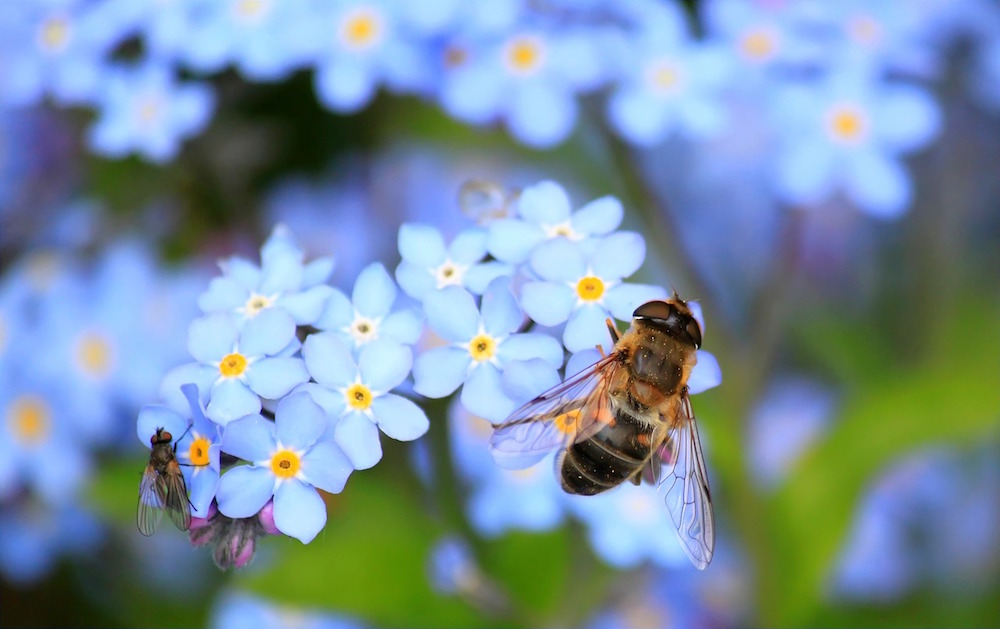The Basics of Pollination

Pollination is one of the key processes that sustains life on our planet. When we talk about bees, we always talk about pollination because of the critical role that bees play. How much do you know about pollination? Do you know why it’s so important?
Today we’re going to talk about the basics of pollination, why bees are so important in the process and how they choose the flowers they do. Let’s get started!
What is Pollination and Why is It Important?
Pollination is the process in which pollen from the male part of a flower is carried to the female part of another flower. The process produces seeds that allow that plant to reproduce and even form fruit. Pollination can occur in a number of ways, not just through the help of bees. Other insects, animals and wind are other important methods in which pollination can occur.
No matter the method of pollination, the process is vital for the growth of the fruits and vegetables that humans and animals eat. Without pollination in any form, we wouldn’t have nearly the amount of food that we have now. Crops such as almonds, onions, peppers, oranges and coffee require pollination from bees. Without pollination, even livestock would be affected since they are fed food that grows from the pollination process.
Bees: The Perfect Pollinators
When worker bees are about two weeks old, they take on a new role: forager. As a forager, they leave their hive first thing in the morning and fly around, visiting flowers throughout the day to gather nectar and pollen. The pollen sticks to the hairs on their legs or is stored in a dedicated pollen sac. As they go from flower to flower, the bees transfer pollen between plants. And so pollination begins!
Forager bees have a number of ways they locate pollen and nectar and communicate its location to other forager bees. They use their excellent sense of smell, the position of the sun and a specific motion called the waggle dance. You can learn more about how bees communicate here.
Honey bees have evolved to become even better pollinators. Their hairy legs attract the pollen, helping it cling to the bee and stay there as the bee travels to other flowers. Bees are also equipped with something called a proboscis to help the bee reach down deep inside the flower to find the hidden nectar.
How Bees Choose Flowers
The way that flowers look and smell also plays an important role in this process. Bees are specifically attracted to flowers that are open, allowing the bees to easily access the pollen and nectar inside.
Honey bees also love really bright colors. They especially prefer flowers that are yellow or blue. Bees also like flowers that smell sweet, and can we blame them? The sweeter the flower smells, the more nectar can be found inside.
Another interesting fact is that honey bees will only visit one type of flower at a time. And although they may visit between 50 and 100 flowers on a typical trip, all of the flowers will be of the same type.
The process the pollination is fascinating; even more so when you think about how important it is to the food supply on our planet. Although pollination can occur in many different ways, the unique way in which bees and plants have evolved to ensure that pollination occurs as it should is truly amazing.
San Diego Live Bee Removal
D-Tek Live Bee Removal is one of San Diego’s most trusted experts in safe and humane live bee removal. For over 15 years, our professionals have helped home and business owners manage bee swarms and hives, keeping families, employees, customers and even bees safe and sound.
If you need quality bee removal in San Diego or San Diego County, don’t hesitate to call the experienced team at D-Tek Live Bee Removal for your free quote today.
